- HubPages»
- Home and Garden»
- Gardening»
- Fertilizers & Compost
Affordable Vermicomposting: 6 Easy Steps to Making a Worm Compost Bin
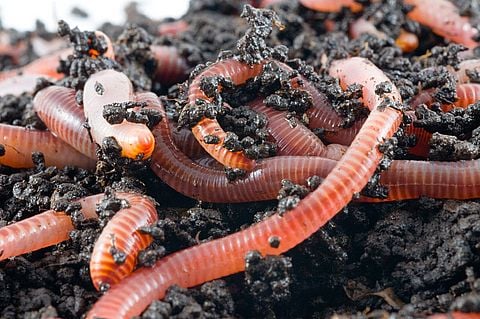
Before I provide you with these simple steps to making a compost bin, I feel it is necessary to define the term vermicomposting . In Latin, the prefix vermes means "of worms." The suffix, composting , of course means to convert vegetable matter into compost. There are several reasons as to why one should consider vermicomposting. While the list is opinionated, it is in fact the reasons why I swear by it.
1. Worm composting drastically reduces your waste output.
2. The worm castings (feces) generated from vermicompost pose as some of the best plant fertilizer and soil conditioner that you wil ever find.
3. Making a compost bin can be quite profitable. Redworms make excellent aquarium fish food, and live bait for fresh water fishing. I have even seen people selling them on Craigslist.
4. Maintaining a red worm compost bin makes for a great bonding experience with kids. Not only does it increase eco-friendly awareness, but it creates a sense of toughness in typically squirmish children.
Ok, so are you ready to learn how to make your low budget worm compost bin? I emphasize on cost because making a compost bin doesn't take much funds. Here are the materials that we had ready to go prior to construction:
Materials
• 1 18 gallon Rubbermaid bin with lid.
• 1 Light duty power drill with 5/16th drill bit.
• 1 Fairly large corrugated cardboard box.
• 1 Pair of heavy duty scissors.
• 1 Cup of yard dirt. Only organic material in it, please. No glass, bottle caps, etc.
• 1 Section out of your local newspaper.
• 1 Tub of Redworms/Red Wigglers. Not earthworms or night crawlers.
Total time required: a few hours to one day
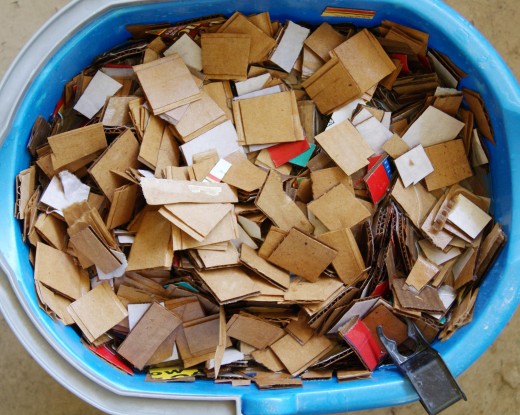
Instructions:
Step 1.
Properly making a compost bin first requires good bedding materials, so don't take the first two steps for granted. Take the corrugated cardboard box and cut it up into roughly square foot pieces.
It doesn't need to be perfect dimensions, but make them ideally sized so that you can soak them. Either use a bucket or a sink that you can sacrifice for overnight.
To make sure your cardboard is properly saturated, the longer it's submerged the better. After about a day remove water and squeeze out the excess water from the cardboard.
The corrugated cardboard will be the main medium for your worm bin. You never want this to become too wet; just damp.
Step 2.
Take your newspaper, open it up, and tear it into long strips. You can never prepare too much of this because if the environment of your vermicompost bin gets too moist, dry newspaper offsets this well with it's absorbant capabilities. Just set your strips aside for now.
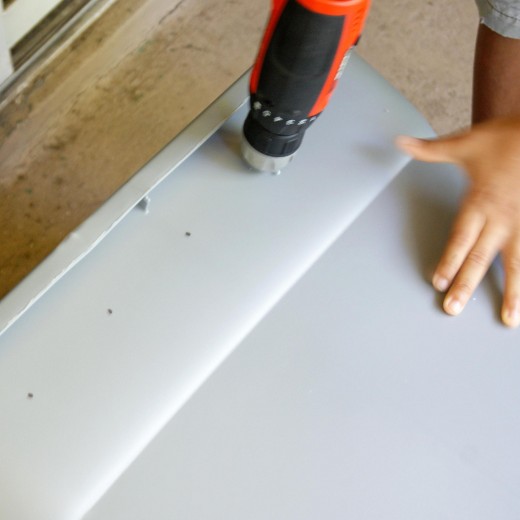
Step 3.
When making a compost bin, consider great ventilation. Take your Rubbermaid container and lay it on its side. At this point you want to prepare your drill and create holes at the top of the vermicompost bin.
These holes should be only 2" (5cm)from the top, or lip, of the container, and no more than 5" (13cm) apart.
This ventilation needs to encompass the perimeter of the bin, both towards the top and the bottom. Keep it approximately 2" from the bottom of the bin.
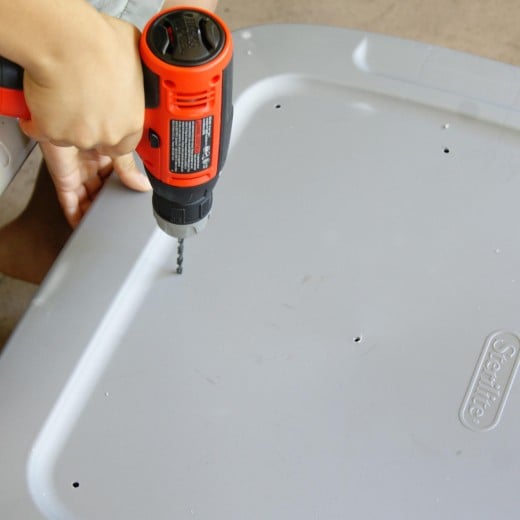
Step 4.
Now that you have a "band" of ventilation holes on the perimeter of your worm bin (top & bottom), flip it upside down and create holes at the bottom using the same 2" (5cm) increments.
Simulate the perimeter effect on the bottom. As for the Rubbermaid lid, it is not necessary to create holes in it. This is in case you decide to store it outdoors. You do not want rain to flood your compost bin.
*Note*
These ventilation methods are very important. Your new pet red worms will need oxygen, as will other assisting micro-organisms. Cutting off the oxygen supply in any composting bin will slow the decomposition process horrendously, and create undesirable odors. Also, if you do not have access to a drill you can carefully use a heated metal rod to melt through the bin.
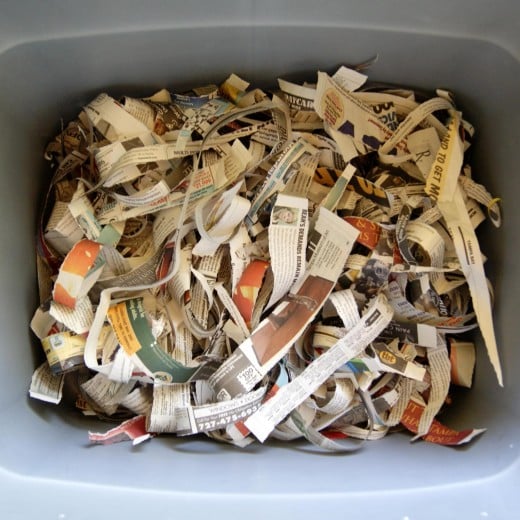
Step 5.
Stand your empty worm bin upright. It's now time to begin filling it. In making a compost bin, some recommend lining the bottom with mesh screening.
Keep the environment ideal, however, and you won't have to worry about your redworms attempting an escape through the base. Begin layering with pieces of your corrugated cardboard, alternating with small piles of shredded newspaper.
You can even toss it like a salad! For now don't worry if the contents do not fill to the top. The idea here is to first create excellent bedding material.
Step 6.
Now for the cozy moment you've been waiting for. The obvious component when making a compost bin here are the redworms. I get my composting worms from two sources; online, and a local bait shop.
There are benefits to either option. If you want worms in bulk, then search for "red worms" online. I have ordered from Ebay before but Uncle Jims Worm Farm is awesome. If you'd rather not wait for shipping see your local bait dealer.
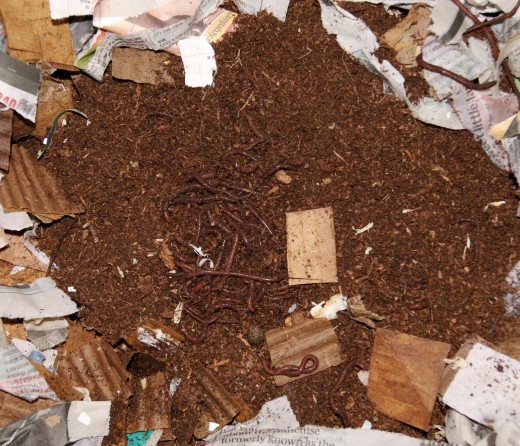
They are usually referred to as "red wigglers" by fishermen. Do not get any other type; they won't work as well. In terms of affordability I like to buy tub of red worms for about $4.
About 25-30 red worms come in each tub but they multiply very quickly. When you get them simply dump in the center of your bin along with your dirt. The red worms will disperse independently.
From here on out you can set and forget. This DIY compost bin is low maintenance. Just make sure it doesn't dry out and never allow it to get too wet. When you add kitchen scraps, add sparingly and keep them as small as possible.
Your red worms will do a much more efficient job when they have more surface area to work with. Making a compost bin is a breeze, and you should make as many as space permits. I have written an article so you'll know what to put in a compost bin, so don't hesitate to view it.
About the Hubber
Kevin Timothy has been a long time fanatic of recycling and composting. Aside from his desire to consistently lower his carbon footprint, he passionately relies on vermicomposting to yield super results in his gardens.




